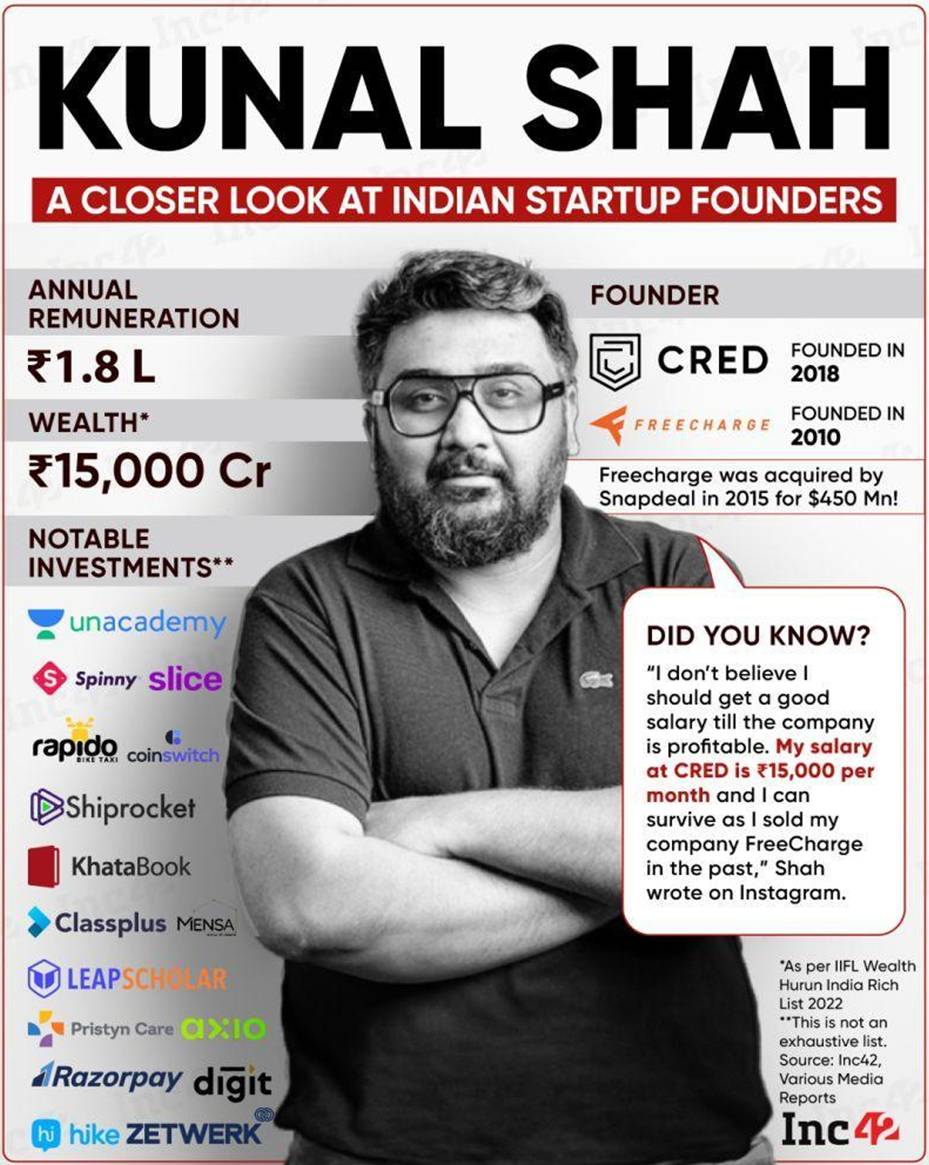Scaling a start-up is one of the most exciting yet challenging phases for any entrepreneur. Growth brings new opportunities but also requires careful decision-making to ensure long-term success. One of the biggest questions founders face is how to fund this growth: Should they seek external investment or rely on organic revenue to fuel their expansion?
Venture capital (VC) and bootstrapping represent two distinct paths. While VC funding offers rapid scaling potential, it comes with investor expectations and diluted ownership. On the other hand, bootstrapping allows founders to retain control but demands financial discipline and patience. The decision is not just about money—it’s about aligning funding with the start-up’s goals, operational model, and risk appetite.
What’s the real difference between venture capital and bootstrapping?
Venture capital: Fast growth, high expectations
VC funding gives start-ups rapid access to capital, allowing them to scale quickly, hire top talent, and expand aggressively. But it comes at a cost—equity dilution, investor pressure, and the need for exponential growth. Many start-ups that take the VC funding route focus on market share over profitability, often aiming for an eventual exit through acquisition or an IPO.
Example: Cred, a popular Indian fintech start-up, raised millions in VC funding to fuel its rapid expansion. While this helped it scale, it also meant prioritising aggressive user acquisition over short-term profitability.

Bootstrapping: Control, profitability, and steady growth
Bootstrapping, on the other hand, means using personal savings, revenue, or small loans to grow the business. It offers founders full control, a focus on profitability, and long-term sustainability. However, it requires strong financial discipline, patience, and strategic decision-making to scale.
Example: Zerodha, India’s largest stock brokerage, scaled successfully without VC funding by focusing on sustainable revenue and customer-centric innovation. This approach allowed the founders to retain full ownership while building a profitable business.

Both paths have their merits, but choosing the right one depends on your business model, market, and long-term vision.
The most common mistakes founders make when choosing a scaling strategy

Chasing funding too early
Many start-ups seek VC funding before proving their product-market fit, leading to premature scaling and eventual failure.

Underestimating cash flow needs
Bootstrapping requires careful financial planning, and many founders struggle with managing cash flow while growing steadily.

Ignoring long-term vision
Choosing a funding path based on short-term needs rather than a strategic vision can lead to misalignment with business goals.

Scaling without a plan
Rapid growth without strong systems, processes, and the right team can cause operational inefficiencies and poor customer experiences.
How the SYB programme helps you make the right decision
The SYB programme equips entrepreneurs with the skills and knowledge needed to evaluate their scaling strategy. Neha Shah, SYB alumni and founder of Neoniche, shares how the programme helped her learn how to manage her company’s accounting and financials.
Here is how the programme works with entrepreneurs:
Idea validation and financial planning
These critical steps ensure that your business idea is viable and scalable before deciding on funding. It also helps in financial forecasting and understanding how to sustain growth with or without external investment. Balaji V, SYB batch 33, shares, “The Start Your Business programme has been enlightening, life-pivoting, empowering, invaluable and brilliant for me.”
Investor readiness and bootstrapping strategies
If you opt for VC funding, the programme helps you craft a compelling pitch deck, develop negotiation skills, and understand investor expectations. Whereas if you choose bootstrapping, you learn how to generate early revenue, optimise operations, and build a lean, sustainable business. Khushbu Dedhia, SYB batch 21, said, “The programme is well designed. Helped me clear all my doubts about funding, finance and branding.”
Team building and long-term planning
Hiring the right talent is crucial for scaling. The programme provides insights into leadership development and team-building strategies that support growth. It also focuses on long-term strategic planning, ensuring founders align their business trajectory with their funding choices.
Learning from real-world start-up journeys
The programme features guest lectures, alumni case studies, and industry experts who provide practical insights into scaling with or without VC funding. Participants get to network with successful entrepreneurs who have taken both paths and learn from their experiences. Ruchi Jain, SYB alumni and founder of Taru, also shares how interesting it was for her to learn via real-world case studies and interactions with industry experts and alumni.
Register your interest for this programme
Please fill in the following details
Choosing the right path for your start-up
There is no one-size-fits-all answer to scaling a start-up. The right choice depends on your business model, risk appetite, and long-term vision. Whether you choose VC funding for rapid expansion or bootstrapping for sustainable growth, the key is strategic planning and execution.
The SYB programme provides the framework to help entrepreneurs make informed decisions, ensuring they scale successfully while staying true to their vision.
Ready to take the next step? Explore the SYB programme and connect with alumni to gain first-hand insights into making the right scaling decision.





